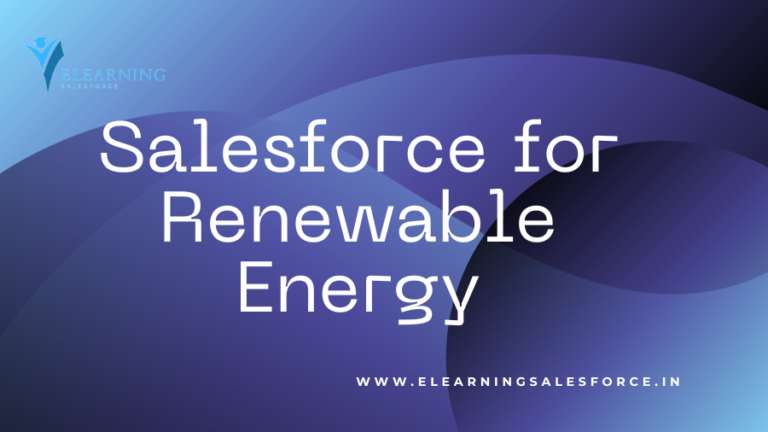Introduction: RPA Trends
RPA Trends: Robotic Process Automation (RPA) has rapidly evolved over the past few years, revolutionizing the way businesses operate by automating repetitive tasks and streamlining workflows. As we step into 2023, the RPA landscape continues to evolve, driven by technological advancements and a growing need for efficiency. In this blog, we will explore the top RPA trends that are shaping 2023 and provide insights into what we can expect in 2024.
Hyperautomation Takes Center Stage:
In 2023, hyperautomation has emerged as a dominant trend in the RPA space. This approach involves integrating advanced technologies like artificial intelligence (AI), machine learning (ML), and process mining with traditional RPA to create a more comprehensive and intelligent automation ecosystem. Hyperautomation not only focuses on automating tasks but also on optimizing and enhancing processes for maximum efficiency.
AI-Powered RPA Becomes Standard:
Artificial Intelligence is increasingly becoming a driving force behind RPA solutions. In 2023, we see a surge in AI-powered RPA, where machine learning algorithms enable bots to learn from experience and adapt to dynamic environments. This trend is expected to continue in 2024, with more organizations leveraging AI to enhance decision-making, natural language processing, and predictive analytics within their RPA systems.
Cloud-Based RPA Adoption Grows:
The cloud has been a game-changer for various technologies, and RPA is no exception. In 2023, the adoption of cloud-based RPA solutions has seen a significant uptick. This trend is likely to continue in 2024 as businesses recognize the scalability, flexibility, and cost-effectiveness of deploying RPA in the cloud. Cloud-based RPA also facilitates easier integration with other cloud services and applications.
Focus on Citizen Developers:
As RPA becomes more user-friendly, there is a growing emphasis on enabling non-technical users, or citizen developers, to create and deploy automation solutions. In 2023, we see RPA platforms incorporating features that simplify the development process, making it accessible to individuals with minimal programming skills. This democratization of RPA is expected to continue in 2024, empowering more users to contribute to automation initiatives.
Enhanced Security Measures:
With the increasing adoption of RPA comes a heightened focus on security. In 2023, organizations are investing more in robust security measures to protect their automated processes from potential threats. In 2024, we anticipate a continued emphasis on security, with RPA vendors incorporating advanced encryption, authentication, and authorization protocols to ensure the integrity of automated workflows.
Greater Integration with ERP Systems:
RPA is increasingly being integrated with Enterprise Resource Planning (ERP) systems to create a seamless end-to-end automation experience. In 2023, this trend has gained momentum, with businesses leveraging RPA to enhance the efficiency of their ERP processes. As organizations seek to optimize their operations further, the integration of RPA with ERP systems is likely to be a key focus in 2024.
Process Discovery and Mining:
In 2023, process discovery and mining technologies have become integral to RPA implementation. These tools analyze and identify automation opportunities within existing processes. In 2024, we expect organizations to leverage these technologies more extensively to identify areas for automation and continuous improvement, ensuring that RPA initiatives align closely with business goals.
Conclusion:
As we reflect on the RPA landscape in 2023 and gaze into the future of 2024, it is evident that the transformative power of automation is here to stay. Hyperautomation, AI integration, cloud adoption, citizen development, enhanced security, ERP integration, and process discovery are key trends shaping the RPA landscape. Organizations that embrace these trends are poised to unlock new levels of efficiency, productivity, and innovation in the coming years. The journey towards intelligent automation continues, and 2024 promises to be a year of even greater advancements in the realm of Robotic Process Automation.




